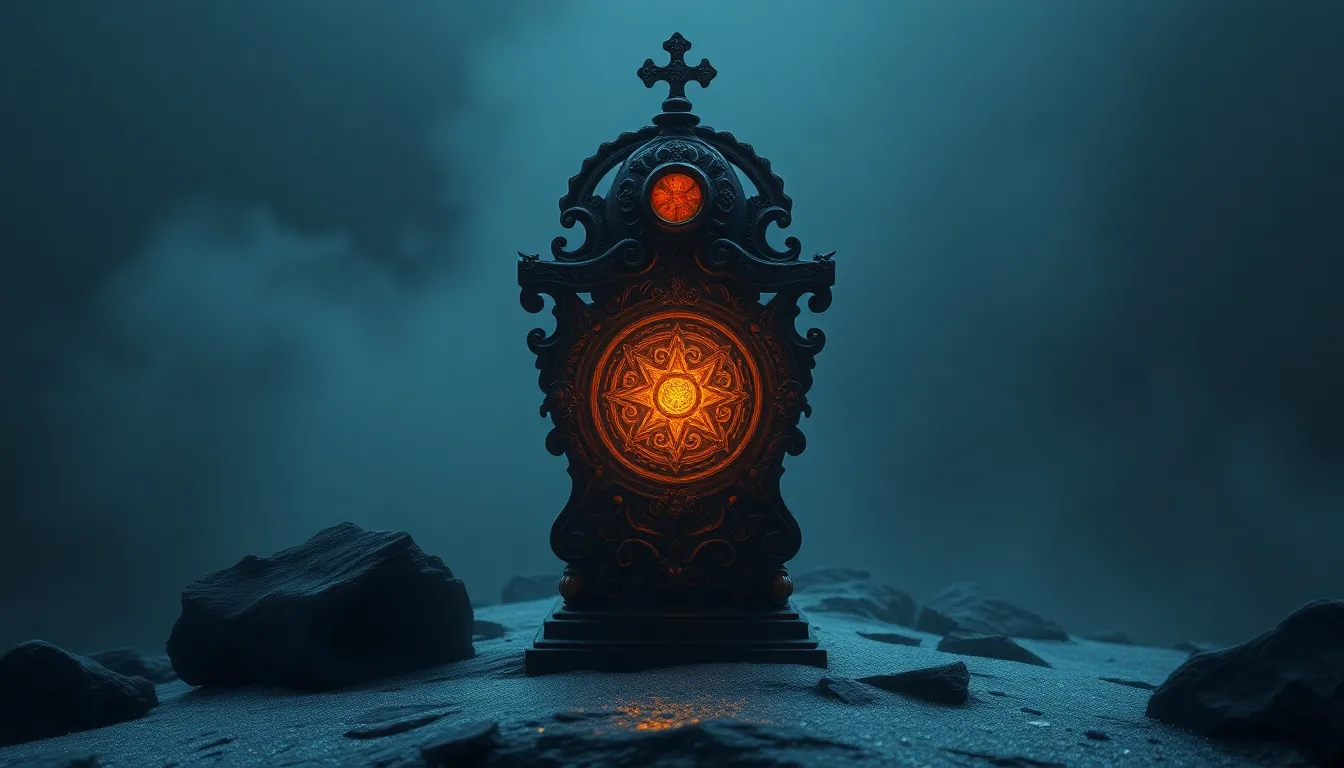Huldra Encounters: True Stories and Tales of the Forest Spirit
I. Introduction to the Huldra
The Huldra, a captivating figure of Scandinavian folklore, is often depicted as a beautiful woman with a cow’s tail, embodying both allure and enigma. Known to dwell in the forests, the Huldra is characterized by her enchanting voice and ethereal presence, which can lure unsuspecting travelers into the depths of the woods.
Historically, the Huldra has held significant cultural importance in Norway, Sweden, and Finland, symbolizing the connection between humans and nature. These tales often reflect people’s reverence for the natural world and the mysteries it holds. This article delves into true stories and encounters with the Huldra, exploring how these legends continue to resonate in contemporary society.
II. The Mythology of the Huldra
The origins of the Huldra legend can be traced back to ancient Scandinavian beliefs, where she was often associated with the spirits of the forest. Over time, the Huldra has evolved into a figure representing both the beauty and danger of nature.
Regional variations of Huldra tales abound:
- Norwegian Huldra: Often portrayed as a protector of the forest, she is known to help lost travelers.
- Swedish Huldra: Frequently depicted as a more mischievous spirit, leading men astray.
- Finnish Huldra: Sometimes referred to as ‘Metsänneito’ or ‘the forest maiden’, embodying the essence of the wilderness.
The symbolism of the Huldra extends beyond mere storytelling; she represents the duality of nature, embodying both its nurturing and perilous aspects. This cultural significance persists, highlighting humanity’s complex relationship with the environment.
III. True Encounters: Personal Accounts
Numerous individuals have come forward with stories of their encounters with the Huldra, each recounting unique experiences that often share common themes. Here are a few first-hand accounts:
- John, a hiker from Norway: Describes a night hike where he heard a hauntingly beautiful song, leading him to a clearing where he glimpsed a woman with a cow’s tail.
- Maria, a Swedish forest ranger: Shares her experience of encountering a Huldra while on patrol, feeling an overwhelming sense of calm and connection to nature.
- Tommy, an outdoor enthusiast: Recalls a chilling encounter where he felt watched in the woods, only to later learn about local Huldra legends.
The emotional and psychological impact of these encounters is profound. Witnesses often describe feelings of awe, confusion, and a renewed respect for nature. Many report a lingering sense of connection to the forest that shapes their perspectives on life and the environment.
IV. The Huldra in Modern Culture
In contemporary literature and art, the Huldra has found a renewed presence, often representing themes of femininity, nature, and the supernatural. Authors and artists draw inspiration from Huldra stories to create works that resonate with modern audiences.
Moreover, the influence of Huldra tales extends into modern media:
- Films: Movies exploring Scandinavian mythology frequently feature the Huldra as a mysterious figure.
- Video Games: Titles inspired by folklore often include the Huldra as a character or quest element.
- Art Installations: Contemporary artists use the Huldra as a motif to explore environmental themes.
This revival of interest in folklore reflects a broader cultural trend towards exploring and preserving traditional narratives, which play a vital role in shaping cultural identity.
V. Huldra and Nature: The Spirit of the Forest
The Huldra is often seen as a guardian of nature and wildlife, embodying the spirit of the forest. In many stories, she is portrayed as a protector of animals and plants, emphasizing the balance of ecosystems.
Ecological themes in Huldra stories resonate strongly today, as they reflect humanity’s responsibility towards nature. These narratives often serve as a reminder of the importance of environmental conservation:
- Protection of Wildlife: Huldra tales often emphasize the need to respect and protect wildlife habitats.
- Conservation Awareness: The Huldra symbolizes the intrinsic value of nature, urging people to engage in eco-friendly practices.
The mythology surrounding the Huldra can inspire movements aimed at preserving natural spaces and promoting ecological consciousness.
VI. Skepticism and Criticism
While many embrace Huldra tales as a part of cultural heritage, skeptics often challenge the validity of these encounters. They argue that such sightings can be attributed to psychological phenomena or natural explanations.
Some common skeptical views include:
- Psychological Explanations: Encounters may result from hallucinations, sleep deprivation, or heightened suggestibility.
- Folklore Influence: The power of suggestion can lead individuals to interpret ordinary experiences as supernatural.
Despite skepticism, the role of folklore in shaping perceptions of the natural world remains significant. These stories encourage people to reflect on their relationship with the environment and the mysteries it holds.
VII. Exploring Huldra Locations
For those intrigued by the Huldra, several notable locations in Scandinavia are reputed for Huldra sightings. These areas are steeped in folklore and offer an opportunity to connect with nature:
- The Norwegian Woods: Dense forests known for Huldra sightings, especially during twilight.
- Swedish Lakes: Bodies of water surrounded by woods that are said to be Huldra habitats.
- Finnish National Parks: Areas rich in biodiversity where the Huldra is believed to roam.
For those interested in seeking their own encounters, here are some tips:
- Visit these locations during off-peak hours for a more serene experience.
- Respect the environment and follow all guidelines to preserve natural habitats.
- Be open-minded but cautious; embrace the experience without forcing encounters.
Remember, the essence of exploring Huldra locations lies in appreciating nature and its mysteries.
VIII. Conclusion: The Enduring Legacy of the Huldra
The enduring legacy of the Huldra is a testament to the significance of folklore in contemporary society. These stories continue to inspire and provoke thought about humanity’s connection to nature and the supernatural.
Preserving folklore is crucial for future generations, as it offers insights into cultural identity and our relationship with the environment. The Huldra serves as a reminder of the beauty and peril inherent in nature, urging us to explore and respect the mysteries of the natural world.
In conclusion, whether you are a skeptic or a believer, the allure of the Huldra and her tales invites everyone to engage with the world around them, fostering a sense of wonder and respect for the natural environment.



